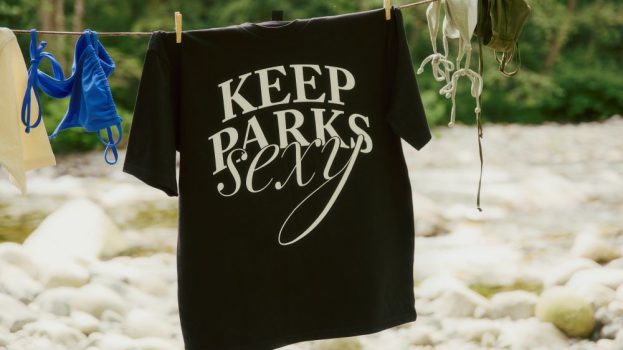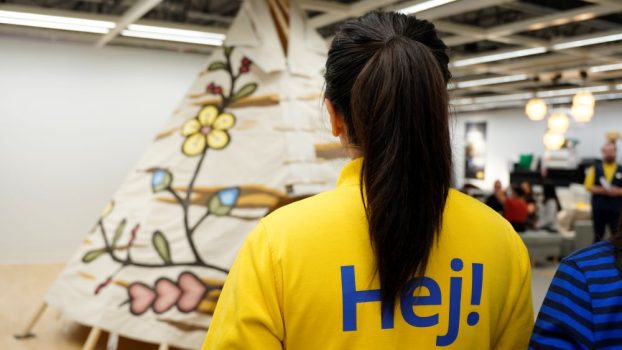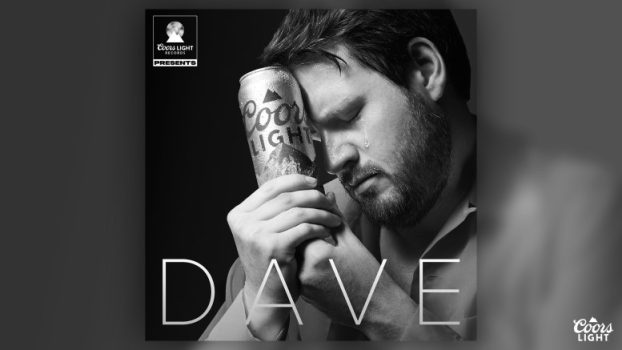There seem to be a number of brands recently playing in the fashion space…. ones you wouldn’t necessarily consider fashionable.
Ubisoft recently partnered on with Frank & Oak to unveil a hip clothing line around its Watch Dogs game, finding common ground between their mutual customer base. A few weeks back, Trident gum also unveiled a fashion line – a high-tech no-tech approach which block cellphone signals so chewers can take a break. It’s not going to be widely distributed, the Mondelez-owned brand said, rather, it’s a futuristic exhibit.
But it got us thinking: is fashion the future of branding? What is the future of fashion?
While brands have adorned fashion labels for a while now (think of all those alcohol-themed trucker hats), there’s a different reason brands are delving into the clothing sphere, says Max Valiquette, managing director, strategy, Bensimon Byrne.
First, you have to understand the future of fashion, which is currently being shaped by a few things. “There’s always been a significant connection between technology and fashion because fundamentally designers have a vested interest in pushing the envelope, and that’s often been through technology,” he says.
While traditionally, electronics on clothing had a perceived “geekiness” factor to them, as more digitally native millennials rise through the ranks to fashion designers and wearable technology encroaches into the clothing space, you’re seeing more and more teched-out clothing that can do everything from send out a tweet to change colour based on your mood to give your friends virtual hugs across the world.
We’re also increasingly attached to certain devices (read, our smartphones), meaning we have to rethink things like pockets, and we’re finding opportunities to make the clothing itself smart (think, a purse that can locate your keys).
“It makes us think about the way fashion has to connect us to our digital world,” Valiquette says. “And as fashion becomes more functional, interesting and important to the way we live, brands that have built into their DNA [to] help you in a particular way are going to start to think about the way fashion can serve that.”
The Trident line, for example, serves the purpose of disconnecting consumers from the connected world so they can better enjoy a mini break, which fits with the brand promise that gum is “fundamentally relaxing,” Valiquette says. Other examples include the lingerie created by Durex, which allows long-distance partners to simulate touch across the globe, through their smartphones.
“A leading brand in any category has to innovate digitally. And as soon as fashion and digital started to become synonymous, it’s not surprising that some brands would choose that as their area of digital innovation,” he says.
Of course, he cautions not all brands are cut out for the fashion world. Many who get into the space with the hopes of influencing consumers’ lives will forget what people like about fashion in the first place, Valiquette warns. Those who do, and decide against creating a teched-out experience, are best to follow Ubisoft’s lead, and partner with a reputable designer who can keep your own “make the logo bigger” ambitions in check.
























